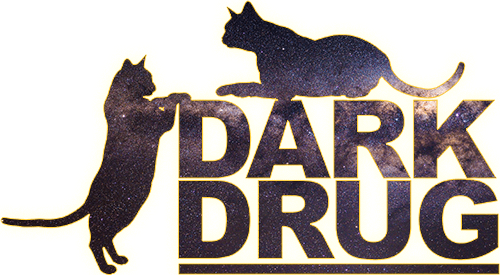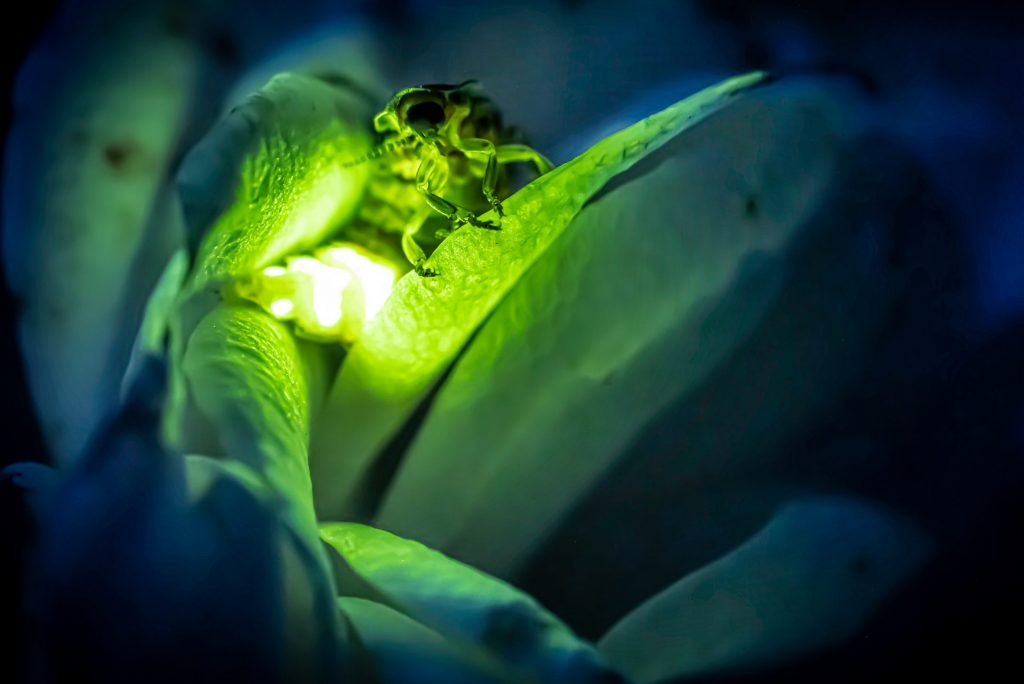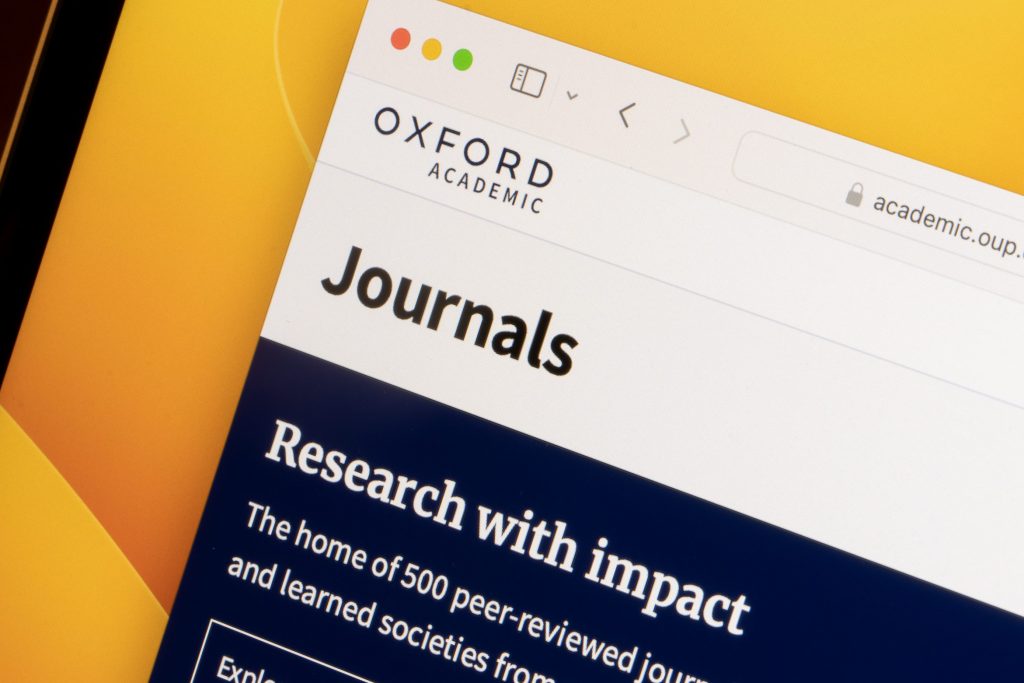
Science
“Two things are infinite: the universe and human stupidity; and I'm not sure about the universe.” ― Albert Einstein
Targeting Cellular Senescence: A New Frontier in Combating Cancer and Age-Related Diseases
In the realm of cellular biology, senescence has emerged as a pivotal process influencing both the progression of cancer and the onset of age-related diseases. Defined as a state where cells cease to divide but remain metabolically active, senescence acts as a double-edged sword. Key life sciences companies are pinning pipeline hopes in cracking this.
Hidden Dangers Under Antarctic Ice
Satellite Radar Reveals Extensive Seawater Intrusions Beneath Thwaites Glacier. This may explain why the rate of glacial loss has been greater than expected from modelling
Gene Editing Gives Hope for Inherited Blindness
A landmark small safety study of a promising new gene therapy approach provides early evidence that directly editing the defective gene may restore some vision loss in people with CEP290-associated retinal degeneration.
A Wild Orangutan’s Self-Medication Secret
Deep in the forests of Sumatra, scientists made an unexpected discovery - a wild orangutan was treating its own wound using plants in a way that provided the first evidence of active wound medication in great apes. Researchers observed a male Sumatran orangutan...
Measuring the Thickness of Water’s Airy Interface
Aqueous interfaces are ubiquitous in many natural and artificial processes and their significance arises from the unique properties of water molecules within the interfacial region, with a crucial parameter being the thickness of its structural anisotropy or 'healing depthg'
The Mystery of the Disappearing Fireflies
Fireflies have illuminated summer evenings with their magical glow as long as humanity has observed the night sky, but now anecdotal reports from across North America have suggested that firefly populations have been declining.
Fighting the Nanoplastics
Most people are familiar with the scourge of microplastics pollution - the microscopic pieces of plastic debris that are pervasive in our waters. But an even smaller and more insidious form of plastic pollution is gaining attention from scientists - nanoplastics.
AI | Hallucinations and Illusions of AI in Science
A new perspective paper published in Nature warns that an overreliance on AI comes with epistemic risks that could undermine the very goals of increased productivity and objectivity that AI promises. See the April DarkDrug Editorial based on this paper
AI | Can AI Assist in Peer Review?
The constant growth in research output has placed tremendous strain on this system as the number of papers requiring expert evaluation increases each year. Could artificial intelligence (AI) offer a solution by assisting reviewers or automating certain tasks?
AI | Will AI Diminish the Rigor of Peer Review?
As the use of AI by researchers to aid them write abstracts and journal submissions grows, this research looks at the use of AI in reviewing them
Imaging Atoms in Quantum Wave Motion
Erwin Schrödinger's 1920 equation that predicts how particles-turned-waves should behave. is now being recreated in laboratories by researchers

- Millions of new solar system objects to be found...on June, 2025 at 1:34 am
Astronomers have revealed new research showing that millions of new solar system objects are likely to be detected by a brand-new facility, which is expected to come online later this year.
- Collaboration can unlock Australia's energy...on June, 2025 at 9:29 pm
New research demonstrates that with collaboration between stakeholders, Australia can fully decarbonize its domestic and energy export economies by 2060 -- a feat requiring $6.2 trillion USD and around 110,000 square kilomters of land -- while avoiding harm to important areas for biodiversity […]
- Guardrails, education urged to protect adolescent...on June, 2025 at 6:12 pm
The effects of artificial intelligence on adolescents are nuanced and complex, according to a new report that calls on developers to prioritize features that protect young people from exploitation, manipulation and the erosion of real-world relationships.
- Molecular link between air pollution and...on June, 2025 at 6:12 pm
A new study found exposure to specific tiny particles in air pollution during pregnancy are associated with increased risk of various negative birth outcomes.
- Atmospheric chemistry keeps pollutants in the airon June, 2025 at 3:50 pm
A new study details processes that keep pollutants aloft despite a drop in emissions.
Astronomers have uncovered a massive stellar black hole in the Milky Way, just 2,000 light-years from Earth. This black hole was discovered “by chance” from data collected by the European Space Agency’s Gaia mission. The black hole has been dubbed Gaia BH3, or BH3 in short. It is the second-closest known black hole to Earth. Discovery of a dormant 33 solar-mass black hole in pre-release Gaia astrometry. Astronomy & Astrophysics, 2024; DOI: 10.1051/0004-6361/202449763

Header Banner: On 4 July 2012, the ATLAS and CMS experiments at CERN’s Large Hadron Collider announced they had each observed a new particle in the mass region around 126 GeV. This particle is consistent with the Higgs boson predicted by the Standard Model. The Higgs boson, as proposed within the Standard Model, is the simplest manifestation of the Brout-Englert-Higgs mechanism. Other types of Higgs bosons are predicted by other theories that go beyond the Standard Model. On 8 October 2013 the Nobel prize in physics (link is external) was awarded jointly to François Englert and Peter Higgs “for the theoretical discovery of a mechanism that contributes to our understanding of the origin of mass of subatomic particles, and which recently was confirmed through the discovery of the predicted fundamental particle, by the ATLAS and CMS experiments at CERN’s Large Hadron Collider”. The DarkDrug logo shows the Milky Way, the galaxy we call home and yet only explored a fraction of.










